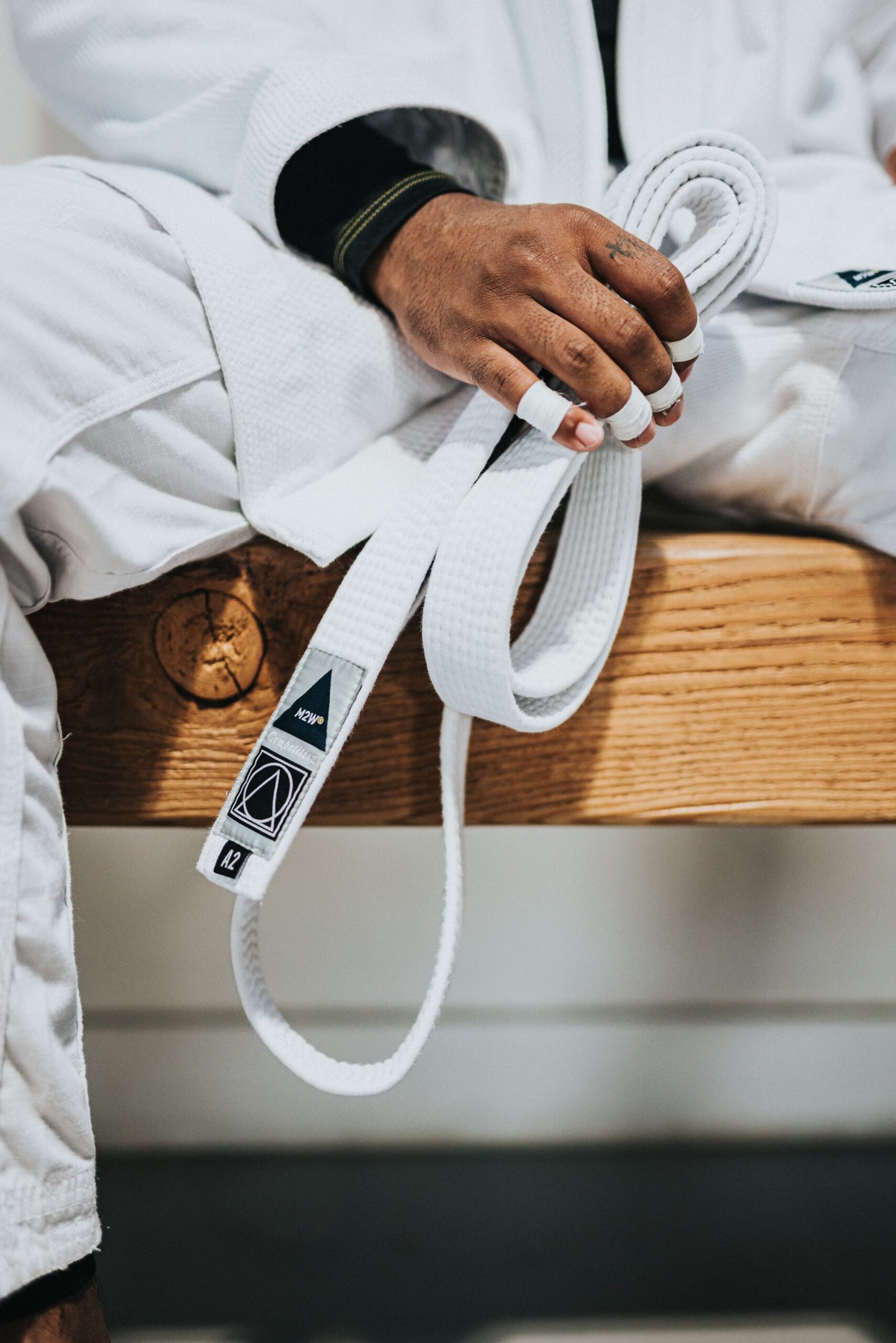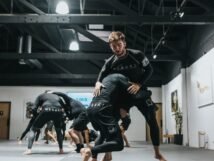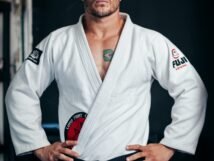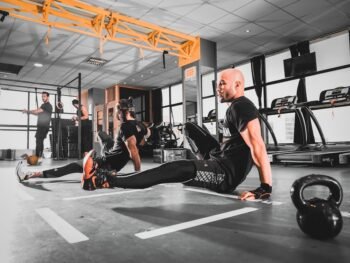Interested in learning more about martial arts? Look no further! USHRK Kumdo & Kendo offers modern Korean style martial arts training that will not only improve your physical and mental strength but also help you develop self-defense skills and gain a greater sense of confidence. Whether you are a beginner or an experienced practitioner, USHRK Kumdo & Kendo has something to offer. Start your martial arts journey today by visiting our center and discover the best martial arts experience near you.
What Is Martial Arts
Martial arts is an ancient form of self-defense and combat that has been practiced for thousands of years. It originated in various cultures across the world and has evolved into a complex system of techniques, movements, and philosophies. Martial arts is not just about fighting; it encompasses a holistic approach to both physical and mental well-being. It is a way of life that combines discipline, dedication, and mastery of one's body and mind.
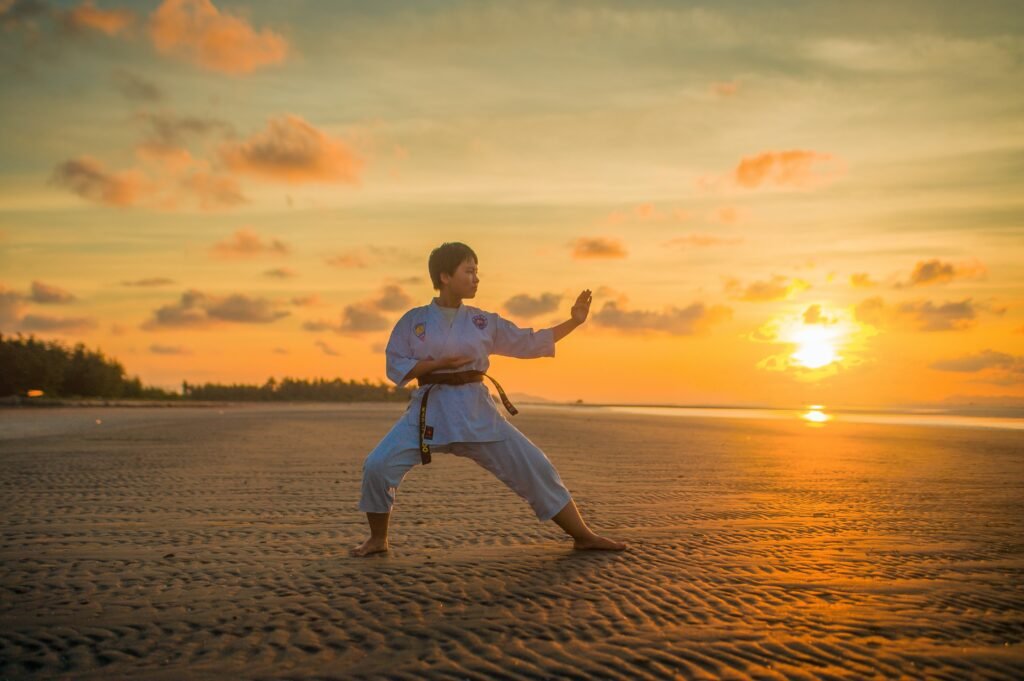
History
The history of martial arts dates back to ancient times. It is believed to have originated in China around 4,000 years ago, with the development of various combat techniques and systems. From there, it spread to neighboring countries like Japan, Korea, and India, where it was further refined and adapted to suit the cultural and societal needs.
Throughout history, martial arts played a significant role in warfare, training soldiers to fight and defend their territories. Over time, it has also become a popular form of sport and recreation, attracting practitioners from all walks of life. Today, martial arts is practiced by millions of people worldwide and continues to evolve and diversify.
Definition
Martial arts can be defined as a set of disciplined and codified combat techniques and practices. It involves a wide range of physical movements, such as strikes, kicks, throws, and grappling, which are used for offensive and defensive purposes. The primary goal of martial arts is to develop self-defense skills, improve physical fitness, and promote mental and spiritual growth.
While martial arts can be competitive in nature, with tournaments and competitions held regularly, it is important to remember that its essence lies in self-improvement and personal development. It is not solely about defeating opponents but rather about cultivating discipline, respect, and humility.
Types of Martial Arts
There are numerous styles and disciplines of martial arts practiced around the world. Each style has its unique techniques, strategies, and training methods. Some of the well-known types of martial arts include:
-
Karate: Originating from Okinawa, Japan, Karate focuses on striking techniques using punches, kicks, and knee strikes.
-
Taekwondo: Hailing from Korea, Taekwondo is known for its high and fast kicks. It emphasizes agility, flexibility, and speed.
-
Kung Fu: Developed in China, Kung Fu encompasses a vast array of fighting techniques, including strikes, kicks, and throws. It focuses on building strength, endurance, and balance.
-
Judo: Originating from Japan, Judo is a grappling-based martial art that emphasizes throws and submission holds. It emphasizes leverage and technique over brute strength.
-
Muay Thai: Originating from Thailand, Muay Thai is a striking-based martial art known for its devastating kicks, punches, and knee strikes. It is often referred to as the "Art of Eight Limbs."
These are just a few examples, and the world of martial arts is vast and diverse, with countless other styles and variations.
Physical Training
Physical training is a fundamental aspect of martial arts. Practitioners engage in rigorous physical exercises and drills to build strength, flexibility, endurance, and coordination. Martial arts training typically includes various activities such as warm-up exercises, stretching routines, cardiovascular workouts, strength training, and practicing specific techniques.
Through consistent training, practitioners develop improved reflexes, better control of their body movements, increased agility, and enhanced overall physical fitness. Physical training in martial arts not only improves one's ability to defend themselves but also promotes a healthy lifestyle and improves overall well-being.
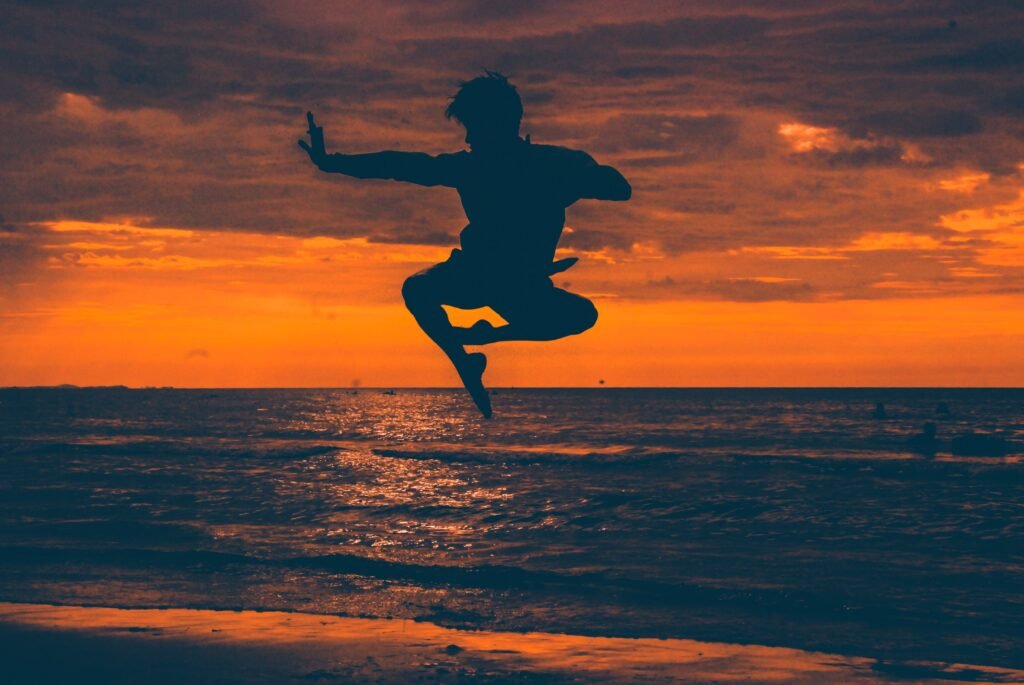
Mental Training
Martial arts is not only about physical prowess; it also places great emphasis on mental training and discipline. Practitioners learn to cultivate mental attributes such as focus, concentration, discipline, patience, and perseverance. The mental aspect of martial arts training enhances self-control, self-confidence, and the ability to remain calm in stressful situations.
Moreover, martial arts encourages practitioners to develop emotional intelligence, empathy, and respect towards others. The practice of martial arts instills qualities like discipline, integrity, and humility, which have a positive impact on all areas of life.
Benefits
The practice of martial arts offers numerous benefits, both physical and mental.
From a physical standpoint, martial arts training enhances cardiovascular health, muscular strength and endurance, flexibility, and balance. It improves body composition, coordination, and reflexes. Regular practice also helps to manage weight, reduce cholesterol levels, and improve overall physical fitness.
On a mental level, martial arts provides a range of benefits. It improves focus, concentration, and relaxation. It boosts self-confidence, self-discipline, and self-esteem. Additionally, martial arts training promotes stress relief, enhances mental clarity, and fosters a sense of inner peace.
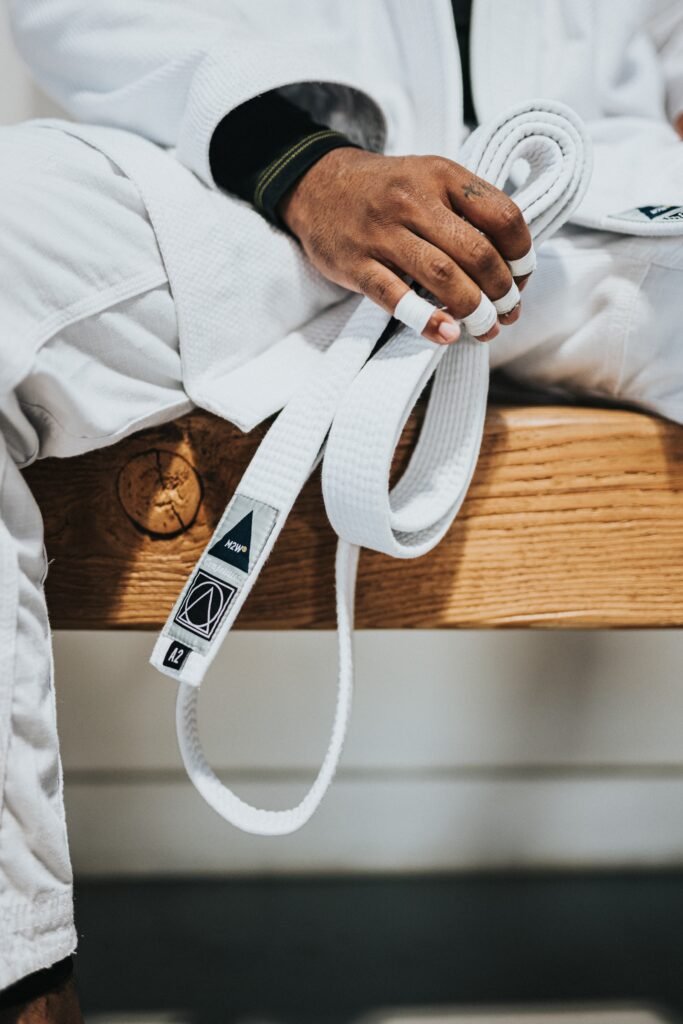
Philosophy
Martial arts is not solely about combat and physical training; it encompasses a rich philosophy and moral code. Central to martial arts philosophy is the belief in respect, humility, and integrity. Practitioners are encouraged to develop a strong moral character and to apply the principles they learn in training to their daily lives.
Respect for oneself, one's instructors, training partners, and opponents is a core value in martial arts. Humility is cultivated to prevent ego from overshadowing personal growth. Integrity is prized, with practitioners striving to do what is honorable and just.
Martial arts philosophy also emphasizes the importance of balance and harmony in life. It encourages practitioners to seek a balance between physical and mental well-being, work and personal life, and harmonious interactions with others.
Equipment
Martial arts training often requires specific equipment and gear, depending on the style being practiced. Common equipment includes:
-
Uniforms or Gi: Practitioners typically wear a specific uniform or Gi, which varies according to the style of martial arts.
-
Protective Gear: In certain styles, such as sparring-based martial arts, practitioners may use protective gear such as gloves, shin guards, mouthguards, and helmets to ensure safety during practice.
-
Training Weapons: Some martial arts styles involve the use of training weapons like wooden swords, staffs, or knives for practicing techniques.
-
Training Mats: Many martial arts schools and training facilities utilize padded mats to provide a safe and comfortable training environment.
The specific equipment required may vary depending on the style and the focus of training.
Martial Arts in Popular Culture
Martial arts has gained widespread popularity and has had a significant influence on various forms of popular culture. It has been depicted in countless movies, TV shows, books, and video games. Martial arts films, starting with the iconic Bruce Lee films in the 1970s, have captivated audiences worldwide with their intense action sequences and the portrayal of martial arts skills.
Martial arts has also found its way into various sports and entertainment events, with martial arts-based competitions and exhibitions drawing large crowds. The integration of martial arts into popular culture has helped to spread awareness and appreciation for the art form, inspiring individuals to explore and engage in martial arts themselves.
Conclusion
Martial arts is a fascinating and multifaceted discipline that combines physical training, mental development, and a rich philosophical foundation. It offers practitioners a wide range of benefits, including improved physical fitness, enhanced mental well-being, and the development of valuable life skills.
By exploring the history, types, physical and mental training, benefits, philosophy, and equipment associated with martial arts, one can gain a deeper understanding of this ancient practice. Whether one chooses to engage in martial arts for self-defense, physical fitness, personal growth, or pure enjoyment, the world of martial arts offers a rewarding and transformative journey.
